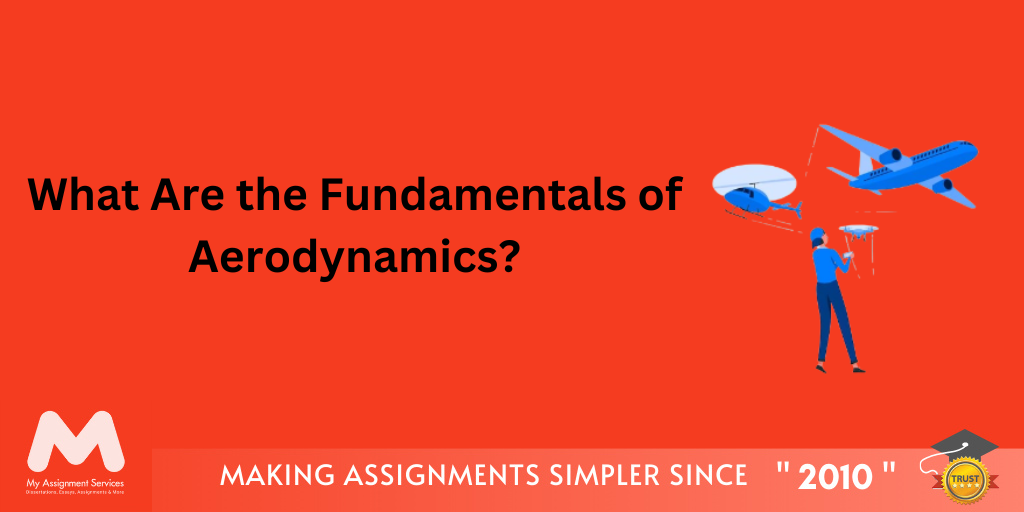
The assignments related to mechanical engineering are not easy. Moreover, the complex theories and concepts play no knight in shining armour for these assignments. The students are forced to write these tedious assignments nonetheless. The outcomes that you are expected to display are the base of the assignment requirements. Hence, if you are searching for how to write a thermodynamics assignment, then understanding the expectations is the initial stage.
The very first thing that a student should be aware of before starting a thermodynamics assignment, no matter how complex or advanced, is the laws of thermodynamics.
Laws of Thermodynamics
The thermodynamics laws are the basic step that every student studying this unit should be aware of. Under this, there are three laws that govern almost every single phenomenon that is happening in the thermodynamic world. Here is an explanation of them in the simplest form –
Zeroth Law of Thermodynamics
Legend says that by the time scientists identified that this law is more important than all, other three laws had already been formulated. Therefore, the zeroth law was framed. It says that when two systems that are in thermal equilibrium with each other and one of them is in thermal equilibrium with a third system, then they all are in thermal equilibrium with each other. In simple terms, if A=B and B=C, then A=C.
First Law of Thermodynamics
You all have heard that energy can neither be created nor destroyed, right? That’s the first law of thermodynamics. It says that energy is non-destructible. You can create it, convert it but not destroy it.
Second Law of Thermodynamics
The first law tells the necessary condition for a process to occur. Using the second law (or directional law), it is identified whether a process will occur or not and in what direction. The observation of conversion of high grade energy to low grade energy was inferred from this law.
Third Law of Thermodynamics
When the entropy (degree of randomness) of a perfect crystal approaches zero, the third law comes into play. Here, it is observed that the temperature plays an important role in determination of the molecular activity.
Carnot Cycle
There are several topics in thermodynamics that are sometimes easy to understand and get by. At the same time, the students are also faced with complex topics that are not easy to understand and require more effort. One of them is the famous Carnot Cycle. The operation of this cycle is simple, yet it makes many students a victim of its complex nature. However, understanding a Carnot Cycle is not rocket science. All you have to do is understand what processes are taking place.  Above is a P-V diagram for the Carnot Cycle. The flow of the process is –
Above is a P-V diagram for the Carnot Cycle. The flow of the process is –
A to B – Reversible Isothermal Expansion
The gas absorbed some heat from any given heat source (could be even a candle) and expands.
B to C – Reversible Adiabatic Expansion
The gas expands in a thermally insulated system while doing work on the surroundings. The temperature of the of the system is reduced.
C to D – Reversible Isothermal Compression
The surroundings exert some work on the gas and heat is lost.
D to A – Reversible Adiabatic Compression
The surroundings exert work on the thermally insulating gas and the temperature again rises.
Refrigeration Cycle
Lowering the temperature of any system using external sources is called refrigeration. When the lowering of the temperature takes place on its own, it is called cooling.  The compressor takes in refrigerant vapour at low pressure and throws it out on the other end at a high pressure. This pressurised vapour travels and reaches the condenser. The condenser cools down the refrigerant vapour at a high pressure and converts it into a high-pressure liquid refrigerant. This liquid refrigerant travels through certain parts and reaches the metring device or expansion valve. Here, a sudden expansion of the refrigerant takes place and the temperature drops down drastically. It goes really low. The refrigerant is now a low pressure and low-temperature liquid. This travels further down the lane and reaches an evaporator. The evaporator is the one that is connected with the chamber that needs to be cooled down. In the evaporator, the low-temperature liquid refrigerant gains heat and reduces the temperature of the target chamber. Now, the refrigerant is at low pressure, high temperature and vapour form. The cycle repeats and it goes on and on. Do you know that air conditioning is also an example of a refrigeration cycle?
The compressor takes in refrigerant vapour at low pressure and throws it out on the other end at a high pressure. This pressurised vapour travels and reaches the condenser. The condenser cools down the refrigerant vapour at a high pressure and converts it into a high-pressure liquid refrigerant. This liquid refrigerant travels through certain parts and reaches the metring device or expansion valve. Here, a sudden expansion of the refrigerant takes place and the temperature drops down drastically. It goes really low. The refrigerant is now a low pressure and low-temperature liquid. This travels further down the lane and reaches an evaporator. The evaporator is the one that is connected with the chamber that needs to be cooled down. In the evaporator, the low-temperature liquid refrigerant gains heat and reduces the temperature of the target chamber. Now, the refrigerant is at low pressure, high temperature and vapour form. The cycle repeats and it goes on and on. Do you know that air conditioning is also an example of a refrigeration cycle?
Ideal Gas Law
The ideal gas law is much more than PV=nRT. Confused? You would be. Someone who has believed that the only thing worth in the ideal gas law is the mathematical expression so simple, why is it considered difficult? This topic becomes difficult because what students tend to forget here is the fact that this law is valid only for the IDEAL GAS. The other gases have slight variations in this law. The notations are – 
What Skills Do You Need to Develop?
The students studying this unit have to –
Write Technical Reports
The students have to write technical reports that are used for their project presentation, their analysis, conducting a research or any other purpose. To be aware of how to write a report is important for any student. Learn How to Write an Effective Report.
Work in Teams
It is not often when the students have to undertake a task solely on their shoulders. Thus, working in teams and doing group projects is an important part of the student’s lives. The students have to interpret a system and analyse the same, study the air conditioning systems and refrigeration cycles in much detailed order than the one explained above. Also, the steam tables and psychrometric charts are not easy to understand and use. Therefore, students seek the guidance of a mechanical engineering assignment expert to help them. You too can request assignment help from the experts at My Assignment Services in any topic of thermodynamics that is difficult in your dictionary by writing to help@myassignmentservcices.com or by filling the form available at https://www.myassignment-services.com/order-now.
Related Study Materials
Our Experts can answer your Assignment questions instantly.
Ask Question0 Comment
Get It Done! Today
1,212,718Orders
4.9/5Rating
5,063Experts













Loved reading this Blog? Share your valuable thoughts in the comment section.
Add comment